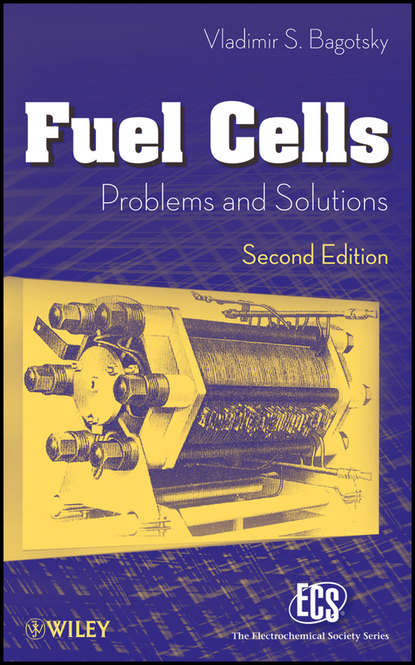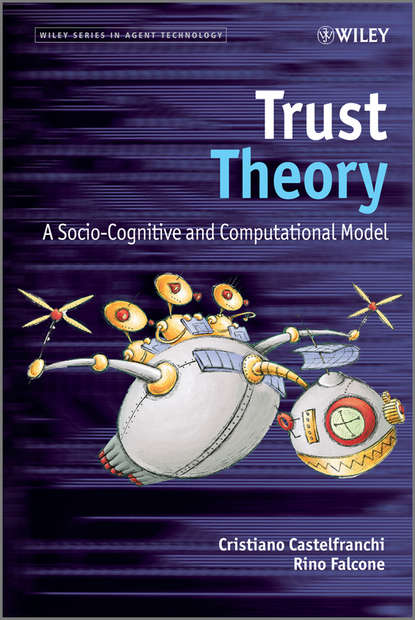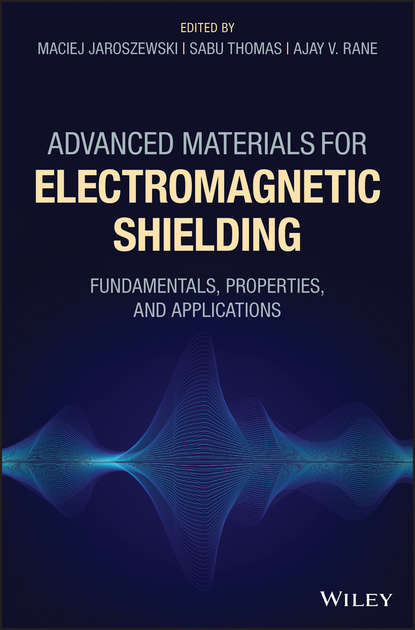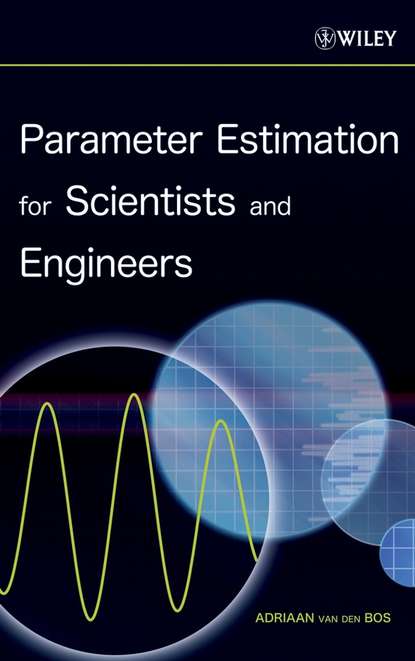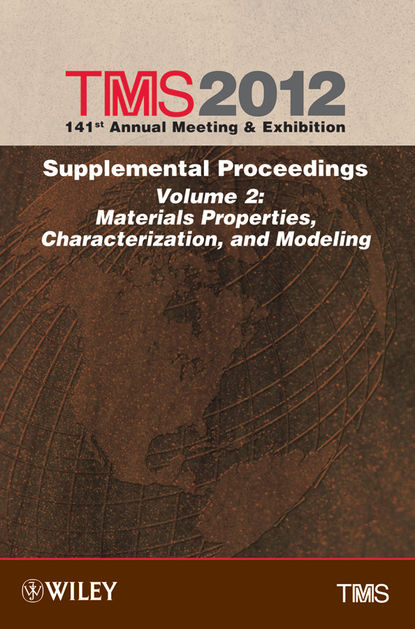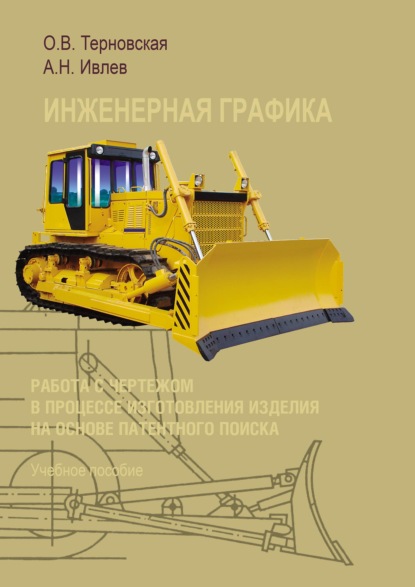Книга "Топливные элементы. Проблемы и решения" - это исчерпывающее и доступное введение в топливные элементы, их применение и вызовы, которые они представляют. Топливные элементы - это электрохимические энергетические устройства, которые производят электричество и тепло и представляют собой значительную возможность для более чистой, более простой и более практичной энергии. Однако восторг от топливных элементов в научном сообществе привел к такому быстрому развитию и инновациям, что для тех, кто не очень хорошо знаком с наукой, может быть сложно понять, как эту новую технологию можно использовать. Книга "Топливные элементы. Проблемы и решения" решает эту проблему, представляя самую важную информацию об этих замечательных источниках энергии в доступной форме. Книга содержит четыре раздела и освещает следующие темы:
- Основы топливных элементов, их работа, история и многое другое;
- Основные типы топливных элементов, включая топливные элементы на основе протонного обмена (PEMFC), прямые топливные элементы жидкостного типа (DLFC) и многие другие;
- Научные и инженерные проблемы, связанные с технологией топливных элементов;
- Коммерциализация топливных элементов, включая рассмотрение их использования по всему миру.
Во втором издании данной книги полностью обновлено покрытие моделирования топливных элементов и малых топливных элементов для портативных устройств, а также появились новые главы о структурных и увлажняющих свойствах компонентов топливных элементов, экспериментальных методах для стеков топливных элементов и нетрадиционных принципах проектирования топливных элементов, что делает содержание полностью актуальным. Книга предназначена для студентов магистратуры и аспирантов в области инженерии и химии, а также для профессионалов, работающих в связанных областях. Она является компактным и доступным введением в увлекательный мир топливных элементов и их важность.
This comprehensive, readable introduction to fuel cells and their applications along with the challenges faced by them. With electrochemical energy involving the production of electricity and heat, fuel cells present the possibility of cleaner, simpler, and more effective energy sources. But this excitement surrounding this alternative energy source has engendered a very quick pace of developments leaving many non-specialists struggling to understand how these new technologies can be applied. The aim of this second edition of Fuel Cells:Problems and Solutions is to help. In four main parts it goes into: the basic principles of fuel cells; the various kinds of fuel cells with a particular emphasis on proton exchange membrane cells, direct liquid fuel, and others; the difficulties associated with fuel cell engineering; and then the harnessing of these technologies for commercial purposes, focusing on existing applications worldwide. Not forgetting modelling, small and portable fuel cells addressed too, with brand new chapters on fuel cell component structures, experimental approaches to assembling stacks, and innovative designs for generating energy, keeping the material entirely up-to-date. This work is being aimed at advanced undergrads and graduates (in engineering and/or chemistry, for example) and professionals in fugure areas drawn to fuel cells - a thoughtful and user-friendly insight into these important energy generators and why that matters.
Электронная Книга «Fuel Cells. Problems and Solutions» написана автором Vladimir Bagotsky S. в году.
Минимальный возраст читателя: 0
Язык: Английский
ISBN: 9781118191316
Описание книги от Vladimir Bagotsky S.
The comprehensive, accessible introduction to fuel cells, their applications, and the challenges they pose Fuel cells—electrochemical energy devices that produce electricity and heat—present a significant opportunity for cleaner, easier, and more practical energy. However, the excitement over fuel cells within the research community has led to such rapid innovation and development that it can be difficult for those not intimately familiar with the science involved to figure out exactly how this new technology can be used. Fuel Cells: Problems and Solutions, Second Edition addresses this issue head on, presenting the most important information about these remarkable power sources in an easy-to-understand way. Comprising four important sections, the book explores: The fundamentals of fuel cells, how they work, their history, and much more The major types of fuel cells, including proton exchange membrane fuel cells (PEMFC), direct liquid fuel cells (DLFC), and many others The scientific and engineering problems related to fuel cell technology The commercialization of fuel cells, including a look at their uses around the world Now in its second edition, this book features fully revised coverage of the modeling of fuel cells and small fuel cells for portable devices, and all-new chapters on the structural and wetting properties of fuel cell components, experimental methods for fuel cell stacks, and nonconventional design principles for fuel cells, bringing the content fully up to date. Designed for advanced undergraduate and graduate students in engineering and chemistry programs, as well as professionals working in related fields, Fuel Cells is a compact and accessible introduction to the exciting world of fuel cells and why they matter.
